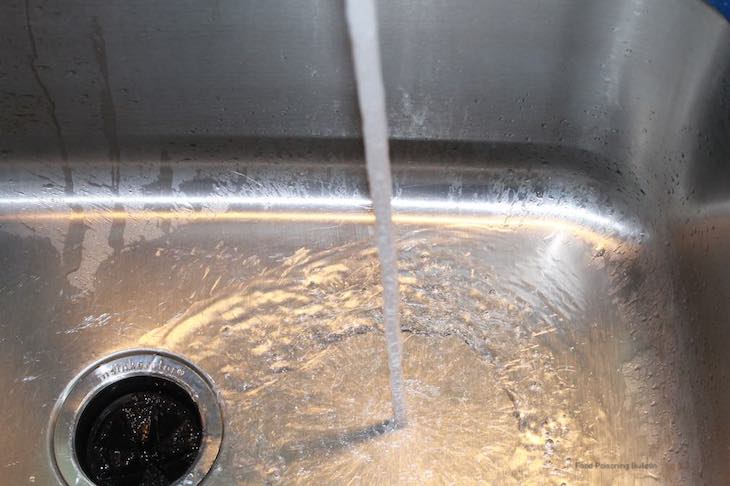There is evidence of viruses, bacteria, and protozoan parasites in water from some of Minnesota’s public water supply wells, according to a news release issued by the Minnesota Department of Health. Officials don’t see any pattern of illness associated with this problem, but there is a need for more study.

Health officials want to discover how and when the pathogens enter the wells and if there is a health risk for people who drink that water.
This project was funded through the state’s Clean Water Fund. Minnesota Commissioner of Health Jan Malcolm says “Safe drinking water is essential for Minnesota’s health and prosperity, and we are fortunate to have a strong team of local and state partners working to catch potential threats early. More work is needed to determine how best to respond to these latest findings, and I’m thankful that Governor Walz’s budget plan includes proposals to strengthen our work on drinking water protection.”
The Governor’s budget is adding more resources from the Clean Water Fund to conduct this research. A service connection fee will also be added to fund the research; that amount will be a penny a day per connection.
There have been five outbreaks of waterborne illness caused by contamination of drinking water in the past 25 years in Minnesota. But people do get sick from microbes in water every year; most of them are not recognized as part of an official outbreak. Officials do not know how many of the illnesses not categorized in outbreaks may be due to contaminated water.
The study found microbes in some systems more than once, but scientists couldn’t determine how the pathogens got into the wells. Usually, feces from leaky sewer lines or septic systems get into the groundwater. Sometimes a well may be contaminated this way.
In the study, water was taken from Minnesota’s 145 public drinking water supply wells, typically every other month for a year or two. Seventy percent of the sampled wells had at least one detection of pathogen genetic material. But only 22% of overall samples had a detection; this means that pathogen occurrence is likely irregular.
Any consumer who is concerned about the safety of their drinking water can do a few things to help. Boiling water used for food preparation and drinking, using bottled water, and installing a reverse osmosis water filter will eliminate the issue.




